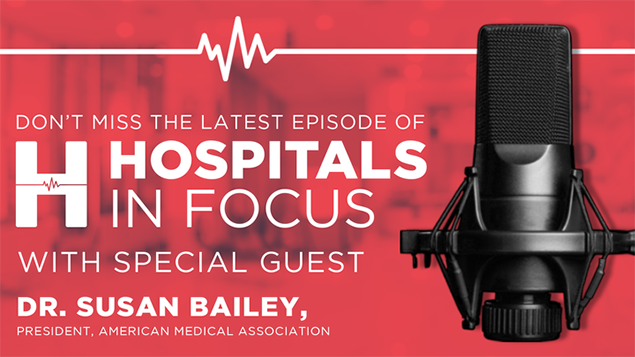Provider Relief Fund
The Provider Relief Fund (PRF) has been critical in providing hospitals with the financial support needed to maintain their ability to provide vital services for their patients and communities and support frontline caregivers during the COVID-19 pandemic. It is essential that the administration swiftly distribute funds so that they can be put to the use Congress intended in appropriating them — helping providers respond to the ongoing impact of the pandemic. Yet, while hospital caseloads remain elevated and rural hospitals continue to struggle, the Government Accountability Office reported that as of December 31, 2020, substantial funds already allocated had not yet been distributed, and an equally substantial amount had not yet been allocated. At the same time, while FAH deeply appreciates the assistance Congress has provided to date, including $8.5 billion for rural and other hospitals through the American Rescue Plan Act of 2021, additional support is warranted.
A key priority is ensuring that uninsured and underinsured patients have access to no-cost COVID-19 testing, treatments and preventive services through the COVID-19 Claims Reimbursement Fund, administered by the Health Resources and Services Administration. This fund, which relies on the PRF for treatment costs, is critical. We are pleased that the Biden administration has already indicated its intent to maintain the funds.
In addition, given the unique challenges hospitals face, including large capital costs, escalating labor costs and financial losses from a reduction in non-emergent clinical care, a significant percentage of PRF distributions should be directed to hospitals, especially rural hospitals and “high-impact” hospitals. The first surge was only a fraction of the volume and burden hospitals have since experienced. The second and third surges all occurred after the June 10 ending date to report cases on which PRF dollars were allocated to high-impact hospitals, and well after the May 6 date targeted distributions to rural hospitals were scheduled to begin. Those later surges resulted in an unprecedented burden through an increase in both the number of hospitalizations, which more than doubled, and confirmed cases across all states, including rural America.
Related Resources
 Surviving COVID: How Physicians are Providing Vital Care and Keeping Practices Open
Surviving COVID: How Physicians are Providing Vital Care and Keeping Practices Open How Ingenuity and Innovation Helped a Hotspot Hospital Save Lives During COVID Surge
How Ingenuity and Innovation Helped a Hotspot Hospital Save Lives During COVID Surge 